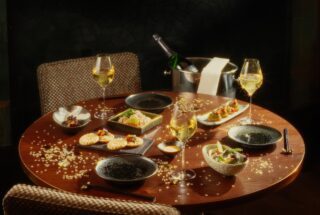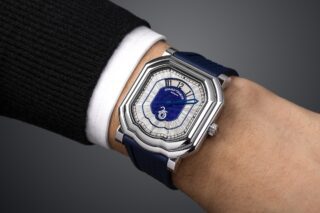This website uses cookies so that we can provide you with the best user experience possible. Cookie information is stored in your browser and performs functions such as recognising you when you return to our website and helping our team to understand which sections of the website you find most interesting and useful.
Old battlegrounds and new adventures in the Solomon Islands
By Louise Bonner | 28 December 2020 | Travel
Cookson Adventures takes us on a trip beneath the waves of the South Pacific
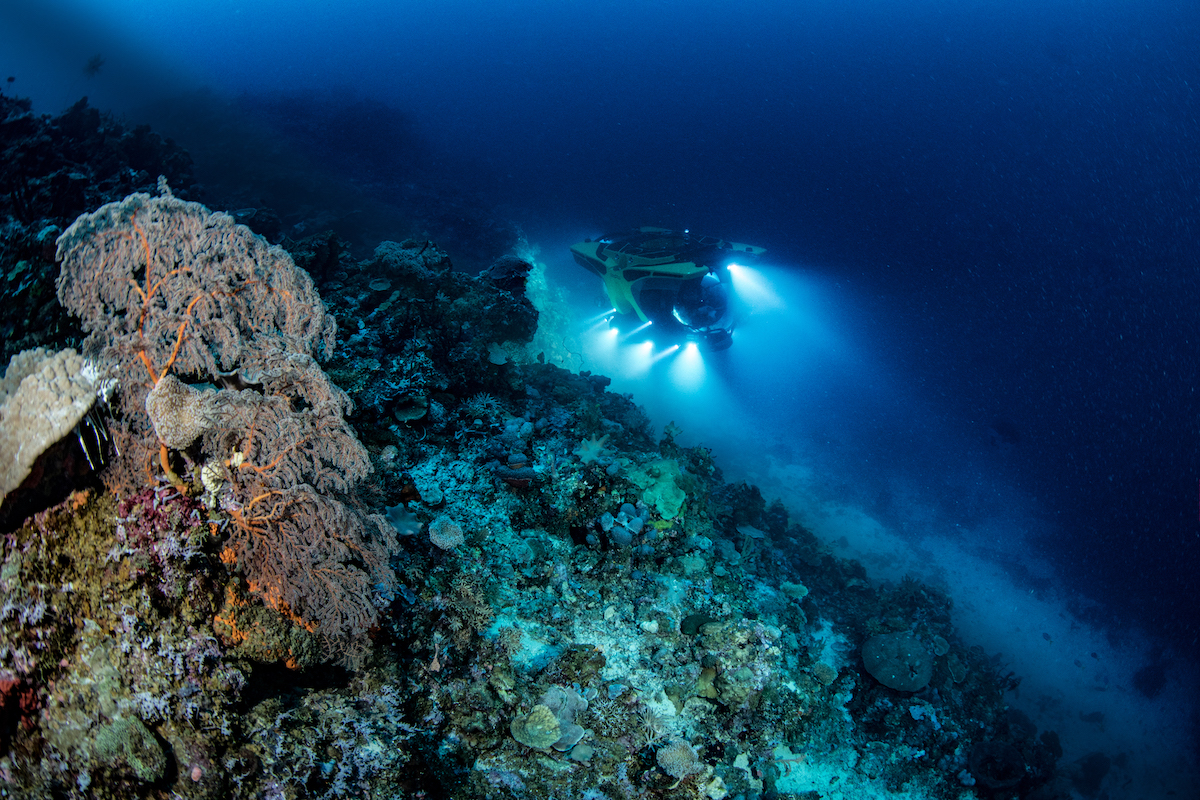
It staged one of the bloodiest battles of the Second World War, yet a collection of steam-shrouded islands lying just east of Papua New Guinea are unheard of to most today.
The Solomon Islands, sitting in the western South Pacific, saw a hailstorm of bullets and torpedoes during the Battle of Guadalcanal in 1942. Codenamed Operation Watchtower, it was a six-month loggerhead between Japanese and American forces that almost claimed the life of a young John F. Kennedy. He was rescued from complete starvation when local islanders agreed to riskily carry an S.O.S. message back to the U.S. base in a coconut.
America’s hard-won success was the first domino to fall in a series of events, which culminated in the surrender of Imperial Japan in 1945.
Fast forward 85 years and the Solomons’ translucent and tropical waters are still pierced with wreckages. What were once tools of war now sit motionless. Many are eerily upright and intact, framing an underwater theatre that now attracts a different kind of expedition altogether.
In February of this year, a 63-metre explorer superyacht named SuRi arrived with a U-Boat Worx CS7 submersible in tow, which in layman terms is an underwater vessel that’s large enough to seat a small family. It has air conditioning, revolving seats—which can face any direction within its thick, acrylic spheres—and can dive to depths of 300 metres, for hours at a time. There’s only a handful of people qualified to pilot it.
Ofer Ketter, a deep-sea explorer for luxury travel company Cookson Adventures, is one of them. “The CS7 is a big and complex machine. Once we had spent many hours diving and training in it, we fell in love,” he said. He’s built up much of his experience at Cocos, a heavily humid island that’s a thirty-five hour sail from his homeland in Costa Rica. The dark waters surrounding it are considered the most shark populated on the planet, seeing more pelagic visitors than human ones. >>
Related: Henry Cookson, founder of Cookson Adventures, on redefining bespoke travel
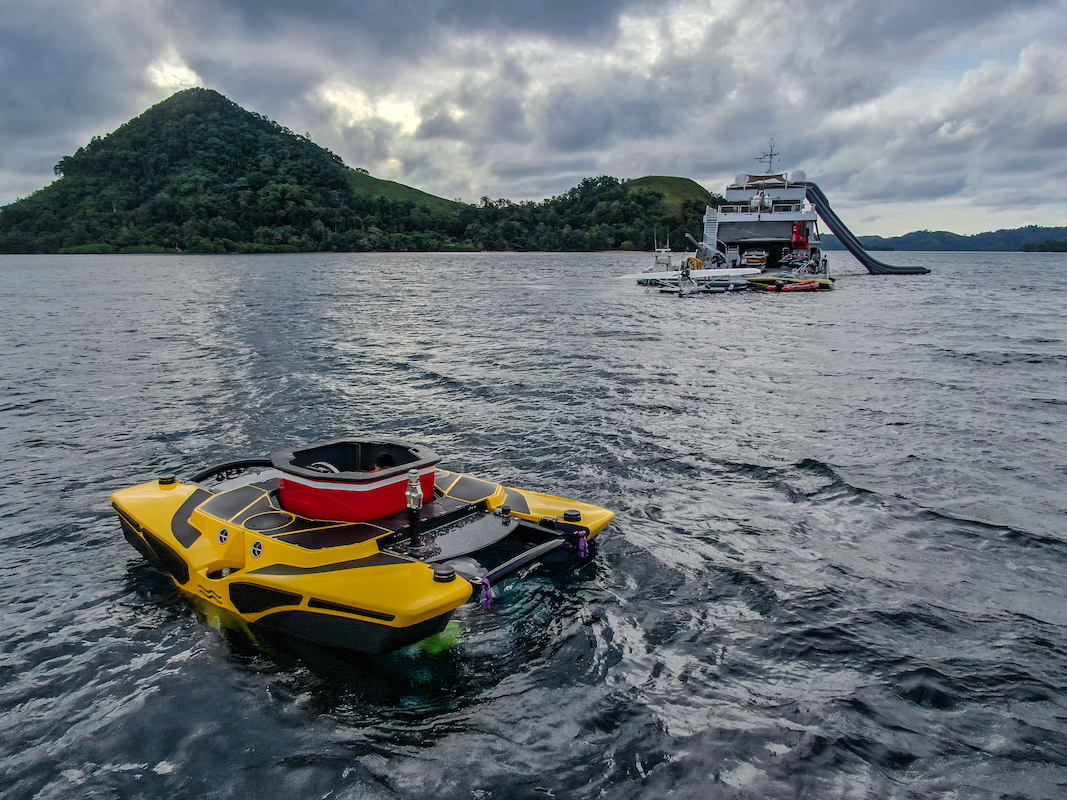
Remote and unexplored waters, such as those circling the Solomons, are his area of expertise. Cooksons’ client wanted a Finding Nemo experience and so the team designed a trip where encounters of angel fish, moorish idols and sea turtles are essentially guaranteed.
Those weren’t the only hooks about the Solomons. Here, black tip sharks weave in and out of rusting hulks, crustaceans take post in abandoned stations and dramatic underwater walls with moon-like surfaces plunge into the dark. In Iron Bottom Sound, where the first major Allied offensive in the Pacific played out, a 106-metre-long wreck named USS Aaron Ward remains, with vibrant coral now branching out over its large mid-deck guns. And nearby at Wickham Harbour, three ill-fated Japanese freighters are regularly visited by dense shoals of iridescent fish.
The highlight for Ofer, however, was a dive at Mary Island, considered one of the most remote locations in the Solomons.
“It’s known for having rough conditions and strong currents,” he said. “We took the risk and hit the jackpot, diving to about 200-metres deep and seeing a thresher shark swim past us. We saw absolutely pristine reefs and coral that were as perfect as could be.”
Related: Discover the luxury travel company that launched an expedition to discover a new species of killer whale

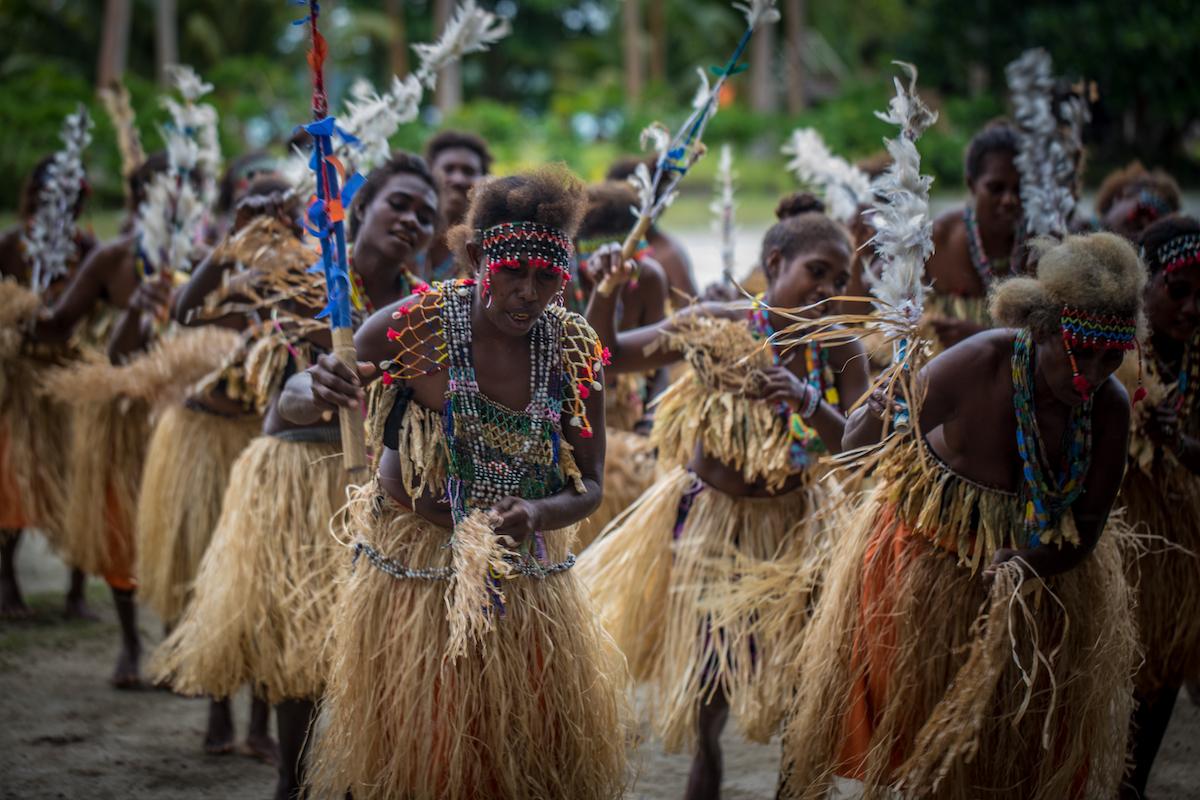
The beauty of a submersible—for those who can afford it—is that all of this can be seen side-by-side to your loved ones. No tanks, dive suits or flippers needed. There are depths in the Solomon Sea that no human has seen before—so who explains the unexplored when you reach it?
More often than not, a maritime archaeologist or a biologist is invited onboard to bring all findings to life. Vital research into the conditions of these seldom-seen environments and those that inhabit it can happen simultaneously. A win-win situation for those who like to give back to the planet while holidaying.
On this occasion, SuRi’s tender which was used to operate the CS7 submersible was mounted with a multi-beam echo sounder. It was the first public contribution to a project named Seabed 2030, run by The Nippon Foundation and CEBCO (the General Bathymetric Chart of the Oceans). It aims to complete an entire 3D map of the ocean floor by the end of the decade. To no surprise, progress has been stunted thus far, but the Solomons’ storied waters were a good place to start.


